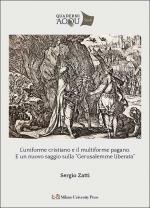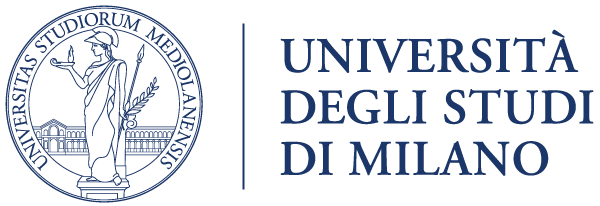Milano University Press
L' uniforme cristiano e il multiforme pagano. E un nuovo saggio sulla «Gerusalemme Liberata»
Keywords:
Unity and Multiplicity, Humanism and Conunter-Reformation, Epic and Novel, Identity and Alterity, Ideology and IdentificationSynopsis
In the Gerusalemme Liberata we can recognize an oppositional structure that operates at various semantic and formal levels. The foundational unity of the Christian faith, in contrast to the multiplicity of pagan culture, corresponds to a deeper tension within Christianity between the mission to liberate Jerusalem from Islamic “usurpation” and the individual and conflicting desires of the knights: desires rooted in the free chivalric world but by-now disciplined in a collective mission. Such tension, furthermore, corresponds with multiple oppositions: between a masculine principle of rationality and a passionate feminine one; the strict orthodoxy of late sixteenth century Counter-Reformation doctrine and the diverse and heterodox tendencies of Renaissance humanism; the centripetal pressure of epic against the centrifugal ramifications of chivalric romance; the rigorously regulated world of the Liberata and the tendentially anarchic and pluralistic universe of the Furioso; and eventually, in the representation of Tasso’s own psychic split, the author as the master of his own material and the humiliated courtier in a socially subordinate condition.
The consequences and implications of this reading are manifold: the book proposes a structural and semiological model of interpretation based on the de-psychologized version of Freudian “compromise formation” put forward by Francesco Orlando: a model aiming to understand the unresolved conflict that arises in the text between the ideology that structures it and the emotional identification offered to the reader. From the perspective of critical tradition, this reading reconciles the perennial opposition between psychologizing interpretations of Tasso as a tormented soul and the historicized reading of the Liberata as an orthodox epic of the Counter-Reformation, whose contradictions are identified in the text. From the standpoint of cultural otherness criticism, it highlights the ways in which differences in faith, race, ethnicity, and gender serve as illuminating figures of internal divisions within the Western Christian, white, male, heterosexual norm. And from the perspective of literary history, it reveals the historical and ideological tensions between a literature conceived as a domain of the doxa (and contiguous to the society, whose ideas and normative practices are exemplarily transmitted) and a literature conceived as the territory of special and potentially illicit pleasures that threaten its consistency and authority.
Three parallel levels establish the opposition between unity and multiplicity: the cosmic war between hell and heaven; the war between opposing religious factions (Pagans versus Christians); and the internal struggle within the Christian camp between Goffredo and the wandering companions. The conflict also reemerges in relation to the historical circumstances of the poem’s composition, especially in the battle of orthodoxy against deviance and heresy. The modernity of the Liberata consists, in this sense, in the unresolved tension between the explicit rejection of the forces of evil – embodied in pagan otherness and particularly in female seduction – and the underground attraction to those same forces, a being “of the Devil's party without knowing it”, as Blake said of Milton.
Downloads

Published
Series
License

This work is licensed under a Creative Commons Attribution-ShareAlike 4.0 International License.





